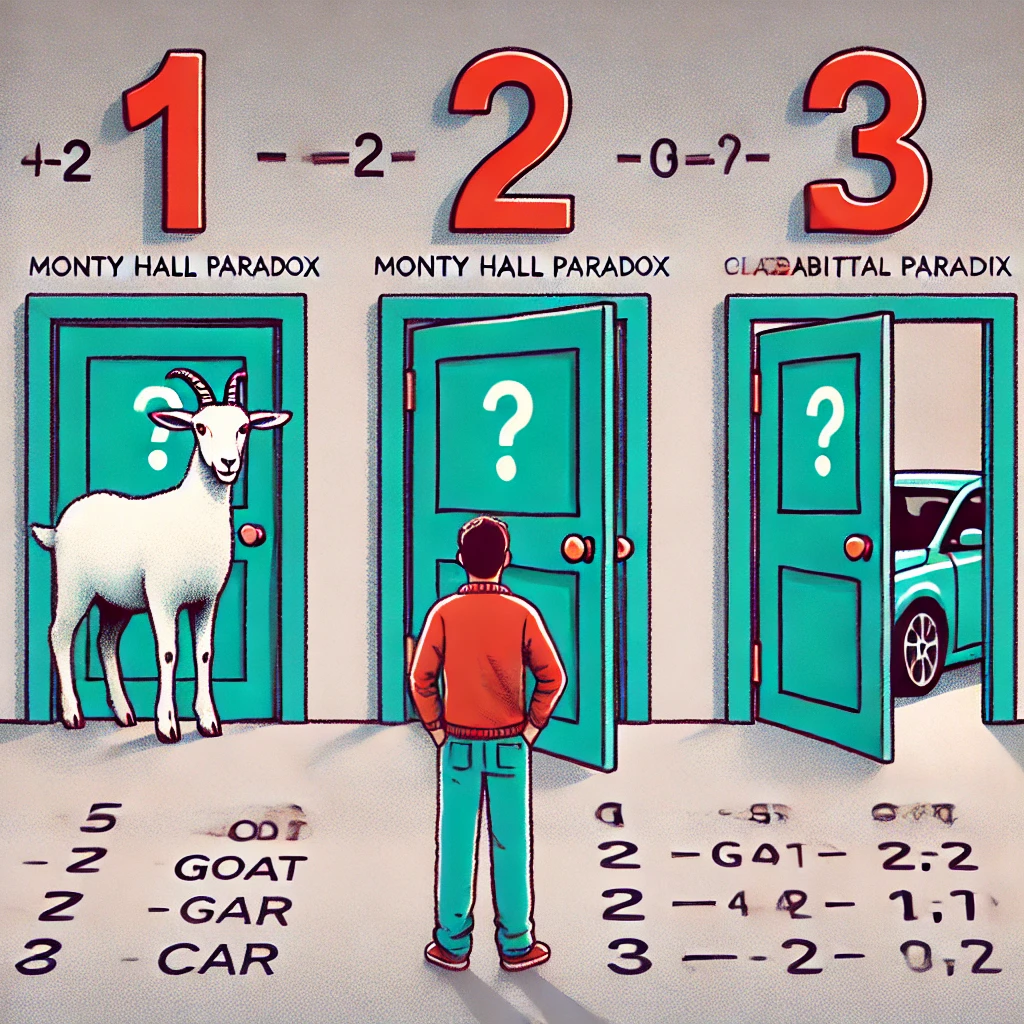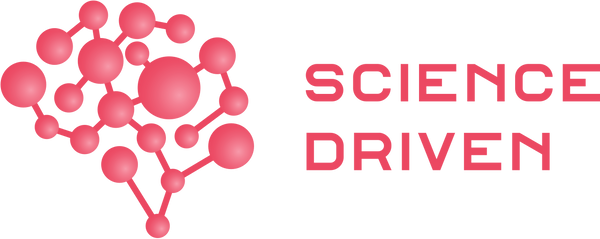
Impossible paradoxes: The Monty Hall paradox
Mike MunayShare
Imagine you are on a famous TV game show, where the host offers you a golden opportunity: before you are three doors. Behind one of them, a fabulous prize, but behind the other two, just goats. You choose a door with your heart racing, but before it is revealed if you won, the host opens one of the other two doors, revealing a goat. And then comes the big question: Do you change your original choice or stand firm? It may seem like a simple game of chance, but this dilemma has puzzled mathematicians, statisticians, and contestants for decades. The Monty Hall paradox, inspired by this famous television contest, promises to test your instincts and challenge what you thought you knew about probability. So, dare to play?
What does the paradox say?
The Monty Hall paradox is a probability problem that arises from a classic scenario on a game show. You have three doors, behind one is a car (the prize) and behind the other two, goats. The contestant chooses a door, and then the host (Monty Hall), who knows what's behind each door, opens one of the other two, always revealing a goat. At that moment, Monty offers you a chance: do you want to change doors or stay with the one you initially chose?
Most people tend to think that, after one door is opened, the odds are 50-50 between the remaining two doors. However, the Monty Hall paradox shows that changing doors increases your chances of winning the car. Mathematically, if you switch doors, you have a 66.6% chance of winning the car, while if you stick with your initial choice, you only have a 33.3%.
What is it intended to demonstrate on a physical or mathematical level?
Mathematically, the Monty Hall paradox aims to illustrate how conditional probability can be contrary to our intuitions. The key to understanding the problem lies in realizing that the initial choice not only gives you a 1/3 chance of being right but also a 2/3 chance of having chosen a door with a goat. When Monty opens a door with a goat, he is reducing the uncertainty about the other two doors, but the probabilities do not distribute evenly between them. Changing doors after Monty opens one gives you access to those initial 2/3 probabilities, while sticking with your choice leaves you with the original 1/3.
This is an example of how decisions based on additional information can modify probabilities, a key concept in the theory of conditional probability. The paradox also demonstrates how human intuition often fails when faced with situations involving uncertainty.
What are its technical foundations?
The technical foundations of the Monty Hall paradox come from conditional probability and Bayes' theorem, which are branches of probability theory.
Here are the key principles:
- Initial Probability: When you choose a door, you have a 1/3 chance of having chosen the right door (the one with the car) and a 2/3 chance of having chosen a door with a goat.
- Host's Intervention: Monty opens a door that does not have the car. This gives you new information. If you initially chose a door with a goat (which is more likely, with a 2/3 probability), switching doors will lead you to the car.
- Posterior Probability: After Monty's intervention, if you switch doors, you now have a 2/3 chance of winning, compared to the 1/3 chance if you stay with the original door. This can be formally demonstrated with Bayes' theorem, which adjusts initial probabilities based on new information.
A common mistake many people make is to assume that after Monty opens a door, the remaining two doors have equal probabilities (50-50), but in reality, the initially unchosen door has a higher probability of containing the car.
Conclusions
The Monty Hall paradox is a fascinating example of how mathematical logic can go against our intuitions. Although the problem seems simple, its solution highlights the importance of conditional probability and how additional information affects decision-making. Switching doors is the optimal strategy in this game, and while it may seem counterintuitive, the math backs it up. This dilemma reminds us that in situations of uncertainty, it's crucial to critically evaluate our assumptions in light of new information.
Curiosities about the paradox
- The Monty Hall paradox was widely popularized in 1990 when columnist Marilyn vos Savant, famous for having one of the highest IQs in the world, wrote about the problem in her column. Despite her clear and correct explanation, she received thousands of letters (some from mathematicians) telling her she was wrong.
- Although it's called the "Monty Hall paradox," such probability dilemmas have been studied for centuries. The Monty Hall version just gave it a more accessible platform for the general public.
- A study by Massimo Piattelli-Palmarini, a cognitive psychologist, in his book Inevitable Illusions: How Mistakes of Reason Rule Our Minds (1994), mentions how this problem baffled even mathematicians and probability experts and demonstrated that even individuals with advanced scientific training often fall into the intuitive trap of believing the probabilities after one door is opened are 50-50. This is termed the "equiprobability bias".
- The paradox has also been a topic of debate on many TV shows and movies, contributing to its fame.
Relationship of the paradox with the real world
The Monty Hall paradox has applications in real-life situations where decisions must be made under uncertainty, based on limited information. A typical example is in the world of investing and betting, where evaluating conditional probabilities can improve strategic decisions.
Another application is in game theory, where the Monty Hall paradox illustrates how changing a strategy based on new information can increase the chances of success. Similarly, it is used in artificial intelligence algorithms and automated decision-making, where it is necessary to learn to adjust probabilities when new information is received.
